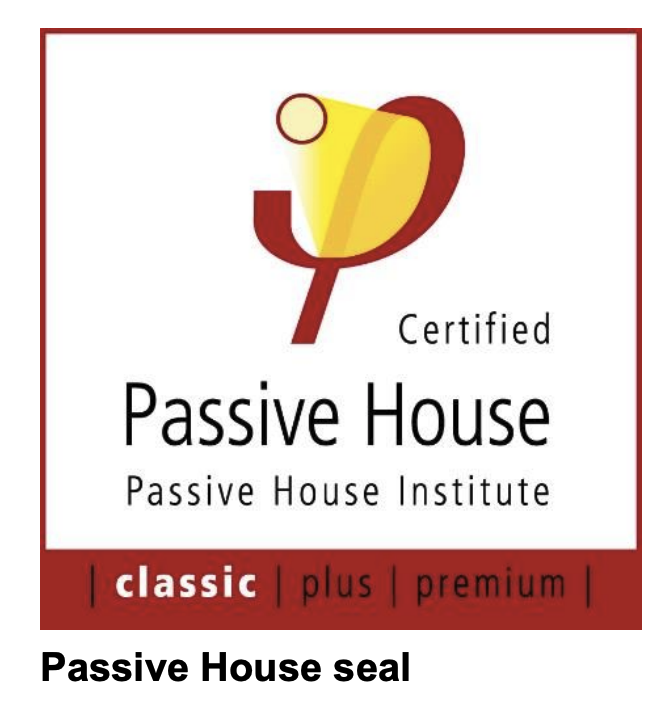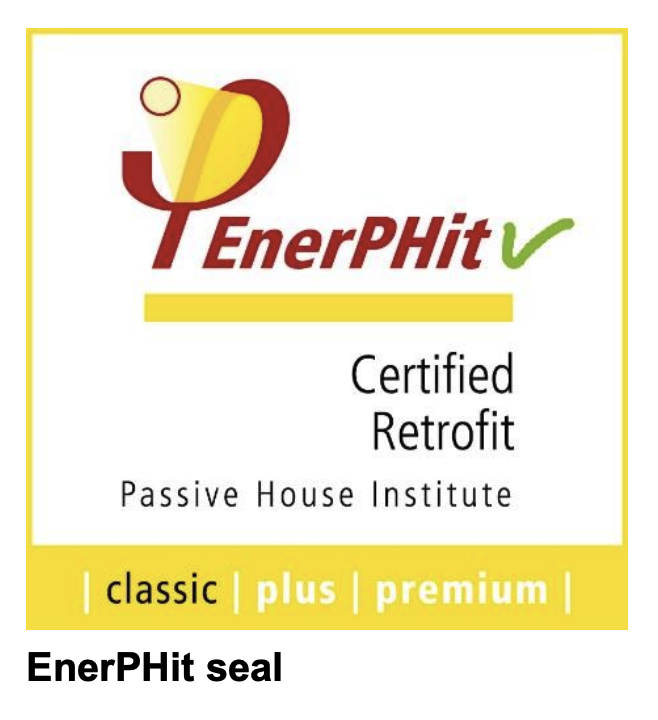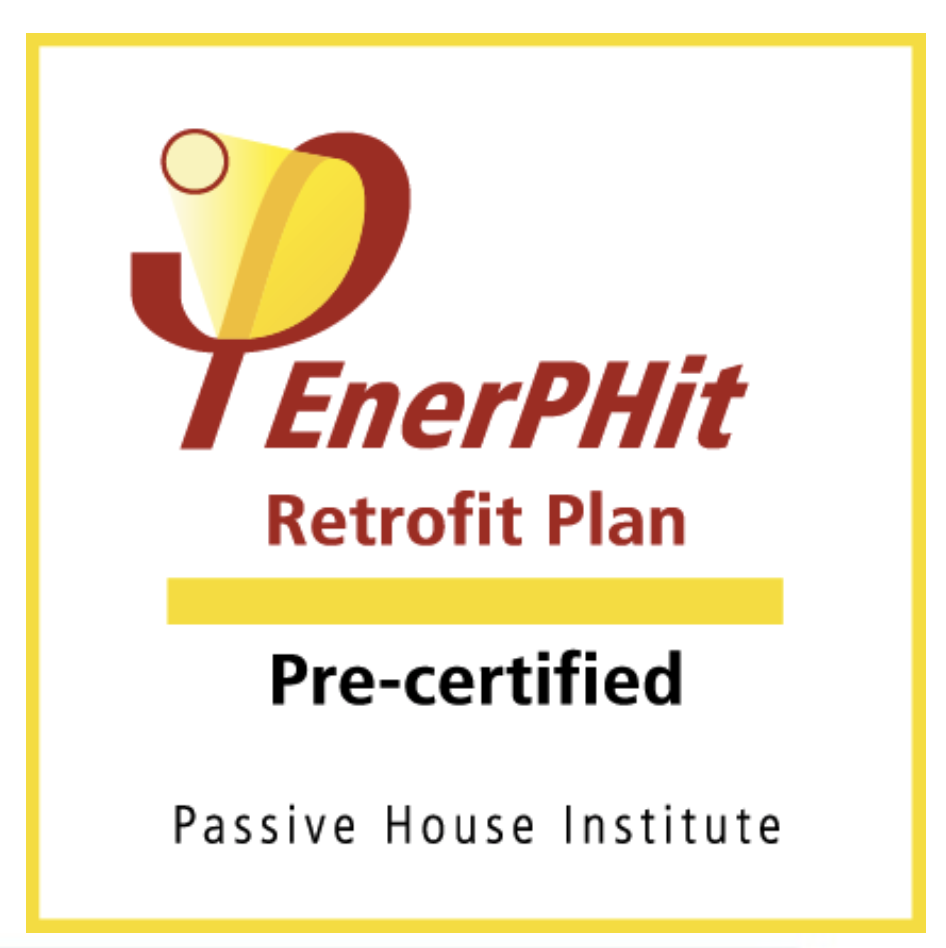What is Passivhaus?
Passivhaus is an internationally recognised building performance standard developed by the Passive House Institute (PHI) in Germany.
At it’s core, Passivhaus is primarily about comfort. It achieves a year-round level of comfort through:
- Excellent insulation – continuous thermal envelope.
- Airtight construction – minimal air leakage.
- Thermal bridge-free design – prevent heat loss at junctions.
- High-performance windows – typically triple-glazed with insulated frames.
- Mechanical ventilation with heat recovery (MVHR) – fresh air without energy loss.
There are several levels of Passivhaus certification, which include:
Classic Passivhaus (New Build)
For new buildings that meet the full standard. All five principles must be applied rigorously.
Space heating demand ≤ 15 kWh/m²/year (a normal building regs compliant new build house in the uk would be ≤ 50 kWh/m²/year)
Primary energy (renewable) ≤ 60 kWh/m²/year
Airtightness ≤ 0.6 ACH @ 50 Pa
Overheating risk < 10% of hours above 25°C

EnerPHit (Retrofit)
A slightly relaxed standard for existing buildings, where full Passivhaus performance may not be achievable due to constraints (orientation, structure, etc.).
Space heating demand ≤ 25 kWh/m²/year (an unmodernised Victorian house in the uk would be roughly 95-110 kWh/m²/year)
Airtightness ≤ 1.0 ACH @ 50 Pa

Passivhaus Plus / Premium
Combines Passivhaus with on-site renewable energy:
Plus – Net-zero with some on-site generation
Premium – Net-positive energy with high renewables output

Step-by-Step (Phased) EnerPHit / Retrofit Option
This is a phased approach developed by PHI for retrofits when full work cannot be completed at once.
Why use Step-by-Step?
- Budget or time constraints.
- Complex buildings.
- Need to keep parts of the building in use.
How it works:
- Planning phase:
- Create a masterplan using PHPP (Passive House Planning Package).
- Define all retrofit measures and their sequence.
- Identify interdependencies (e.g., don’t insulate internally now if you plan to replace windows later).
- Execution phase:
- Retrofit in stages (e.g., roof > windows > walls > systems).
- Each step must avoid lock-in effects (changes that would prevent future improvements).
- Document every stage and update PHPP.
- Final stage:
- Once all measures are complete, the building can be certified to EnerPHit Step-by-Step.
Benefits:
- Practical for occupied homes.
- Reduces financial burden of upfront full retrofit.
- Preserves long-term performance goals.
Tools & Certification
- PHPP (Passive House Planning Package) – used to model and verify performance.
- DesignPH – 3D SketchUp plugin to assist with geometry inputs for PHPP.
- Certification through accredited PHI certifiers.
Summary: Why choose Passivhaus?
Up to 90% less heating energy
Extremely comfortable and quiet homes
Built to last and perform as designed
Can be applied fully or incrementally
Aligns with net-zero carbon goals